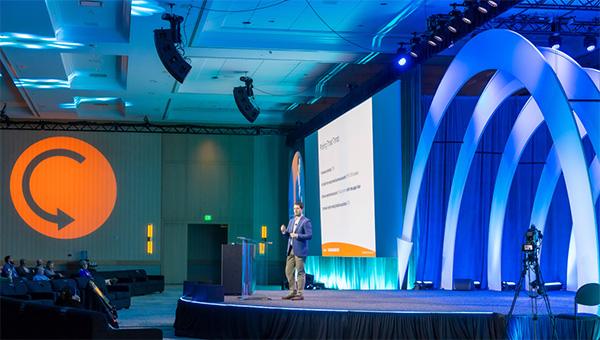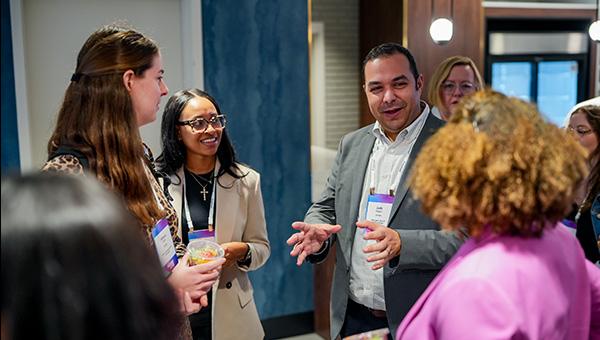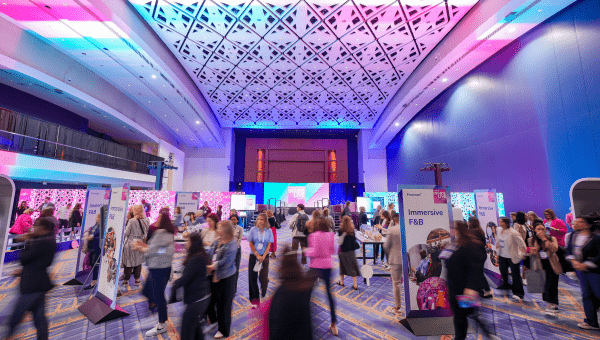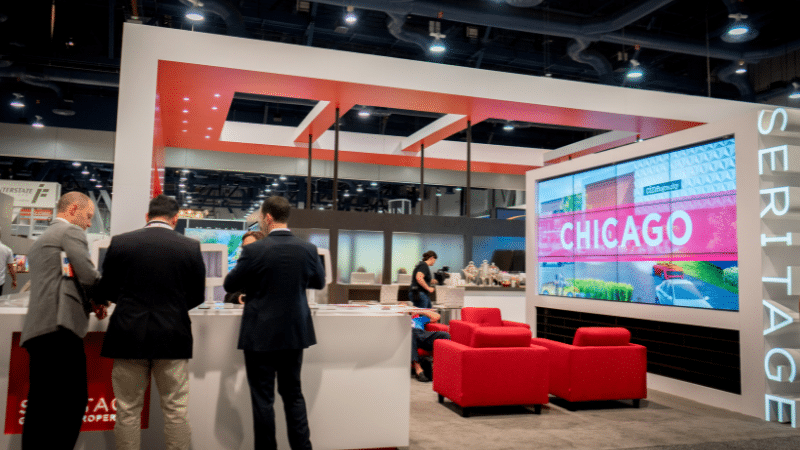
Resource Collections
Best practices, planning tips, checklists, insights, and expert guidance for planners, exhibitors, and everyone who makes live events happen.

19 resources
Exhibiting made easier
Tools to simplify every step of your exhibiting process: planning, budgeting, designing, troubleshooting, measurement, ROI, and more.
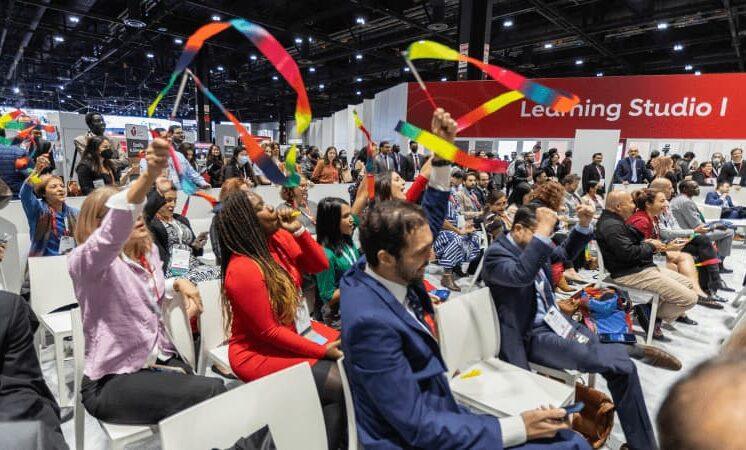
4 resources
Show manager tools
Everything you need to plan conferences and events for today’s audiences.

5 resources
Everything you need for planning live events
Step-by-step guidance for planning your next event or exhibit, from engaging attendees to experiential tech to sustainability and sponsorship.
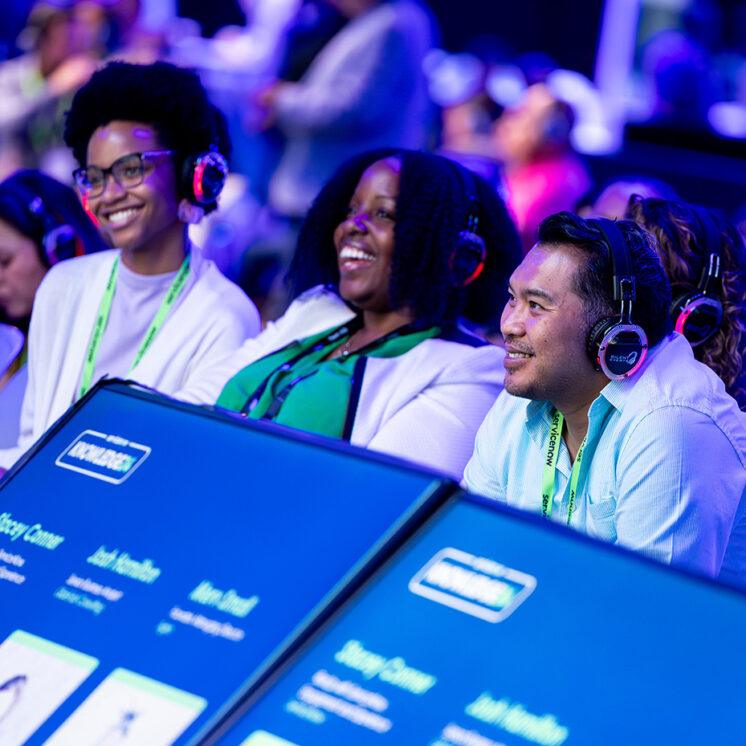
14 resources
Set the stage with AV
Behind-the-scenes insights from experts to deliver content, plan production budgets, elevate events, stay on trend, engage audiences, and more.
Resource Library
The latest news, insights, and trends in live events, exhibits, and experiences.







